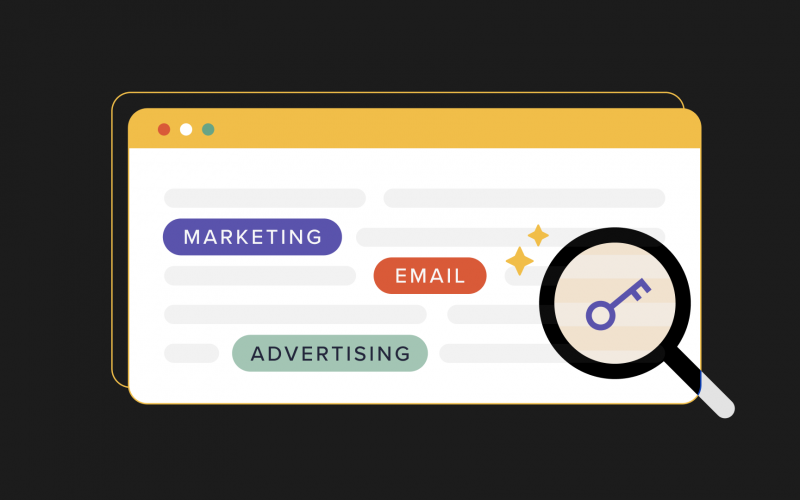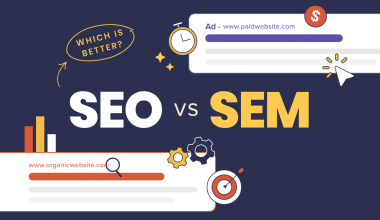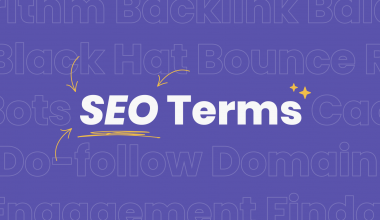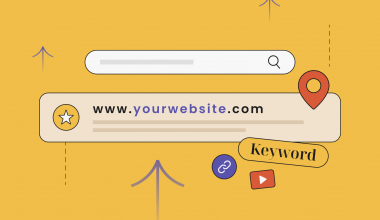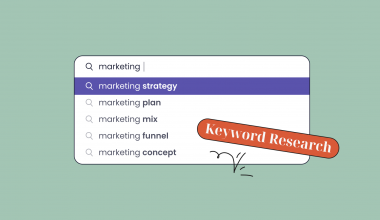Keywords Analysis is an important step to do after you finish your keyword research. It is a process of evaluating, analysing and filtering all the keywords and search terms to ascertain the ones that could bring in more traffic to your website.
To understand how Keyword Analysis is done, you need to first comprehend what makes a good keyword for your business. There are 3 keyword attributes that could help you determine that.
1. Relevance
The first and most important a good keyword must-have attribute is relevance. Does the keyword accurately reflect the nature of your products/services? Does the keyword describe what your product/service does? The more relevant the keyword is, the more likely you’ll get suitable traffic and customers to your website.
2. Search volume
Secondly, it is crucial to analyse the search volume of your keywords. This means getting to know how often the keyword has been searched by users per month because it is no use targeting a keyword that people don’t search for.
Do take note that search volume also depends on the time period and location of the users. For example, users living in cold countries like the UK would search queries such as “winter coats” and “mittens” more often than users who are living in tropical countries like Malaysia. Moreover, it is also understandable that winter-related keywords will have higher search volume in autumn or winter when it is more applicable.
3. Competition
Thirdly, it is also vital to check out the competition of the keyword. This refers to how difficult or easy is it to rank for the keyword. For instance, if you’re running a clothing apparel brand, general keywords like “dress”, “blouse” or “skirt” would be high competition keywords to rank for. However, if your niche is summer clothes, specific keywords like “short floral summer dress” would be more relevant and easier to rank.
Another thing to apprehend the keyword competition is to look at the bidding. This essentially means how much would SEO marketers or brand owners pay to rank the keyword. The higher the bidding, the higher the competition for the keyword.
How to Analyze Keywords
Analysing and identifying suitable keywords for your business doesn’t have to be difficult. In fact, there are many tools online that could help with the process and ease your workload.
Some of them are:
- Google Keyword Planner
- Google Search Console
- AnswerThePublic
- Keyword Sheeter
- Keyword Surfer
- Google Trends
- Wordstream
- AlsoAsked
Even so, a successful Keyword Analyze isn’t determined by the kind of tools you use, but by how do you use them. Below are 3 simple steps on how to analyze the keywords.
1. To analyze basic search data
As mentioned above, the 3 main keyword attributes you need to analyze are relevance, search volume and competition. With tools like Google Keyword Planner, you will get more detailed and systematic data on the keywords in a spreadsheet form. Despite there being no “percentage of relevance” data given, by utilizing and analyzing the overall data, we’re sure you’ll get a gist of the fitting keywords for you.
Some of the basic data that’s useful:
- Competition – How difficult it is to rank for that given keyword.
- Search Volume – How many users are searching for that keyword within a given time period.
- Average Monthly Searches – The average monthly searches for a keyword based on the months used.
- 3M Change (%) – The search volume % change for that keyword over 3 months.
- YoY Change – The search volume % change for that keyword over 1 year.
- Top of page bid (low range) – The minimum amount (RM) businesses are willing to pay to run PPC ads for this keyword.
- Top of page bid (high range) – The maximum amount (RM) businesses are willing to pay to run PPC ads for this keyword.
2. To understand the different types of search intent
After constructing your Keyword List, the next step is to interpret the intent behind the search queries which means finding out the purpose and desire of the users when making this search.
As an example, if a user is making a generic search for “subway”, it can refer to 3 things:
- Subway the sandwich
- Subway the train
- Subway Surfer the mobile game
The longer and more specific the search term, the clearer the intent of the users. Keywords like “Best Cafes in Kuala Lumpur” indicate that the user wants to know the best food in Kuala Lumpur and is prepared to visit and make the purchase.
In short, search intents can be classified into 5 categories:
i) Informational
- The users want information about a particular product, service, company or topic.
- Eg: What is graphic design?
ii) Navigational
- The users are looking for a direction to go to a physical place. The keyword most probably includes the name of the business or place.
- Eg: How to go to Pavillion Bukit Bintang by train?
iii) Transactional
- The users want to purchase a product or service.
- Eg: Logo design agency for a Healthcare brand, Brown leather sling bag under RM100
iv) Investigational
- The users want to compare products or services.
- Eg: Best skincare products in Watson
v) Seasonal
- The highest chance a user is making a seasonal search is when he/she is preparing to travel to another country.
- Eg: waterproof boots for winter, summer attractions in Japan
3. Understanding the basics of the marketing funnel
Last but not least, you need to understand the different kinds of search terms according to the marketing funnel, which is generally the buyer’s purchasing journey.
The marketing funnel we’ll be using is the AIDA model:
i) Awareness
- The first stage is awareness where users want to obtain guidance, advice and information about a topic. Hence, broad informational keywords are commonly the kind of search terms that are used in this stage.
- Eg: logo design
ii) Interest
- After getting the basic information, users start to get interested in the product or services. They begin to get curious and want to know more about it. In this stage, they will start to proactively research the topics and learn more in detail resulting in longer and more specific keywords aka long-tailed keywords.
- Eg: Difference between logo and brand, the different kinds of logos, how to design a logo
iii) Desire
- In the third stage, users are imagining the desired situation when they are using the product/service. Hence, they wanted to evaluate, review and compare them.
- Eg: Best Logo Design Agency in KL
iv) Action
- At the last stage, users have decided and are ready to take action by contacting the service providers. The search terms used are mostly transactional keywords.
- Eg: skincare logo design agency, logo design agency in Bandar Mahkota Cheras
In summary, if you are analyzing the keywords for your business, consider putting more emphasis on getting your target keywords first, then making some tweaks. Because every business is unique, there is no exact formula that can be applied universally. The final goal of the analysis is to see how effective a keyword is and how well it will drive traffic to your website.



